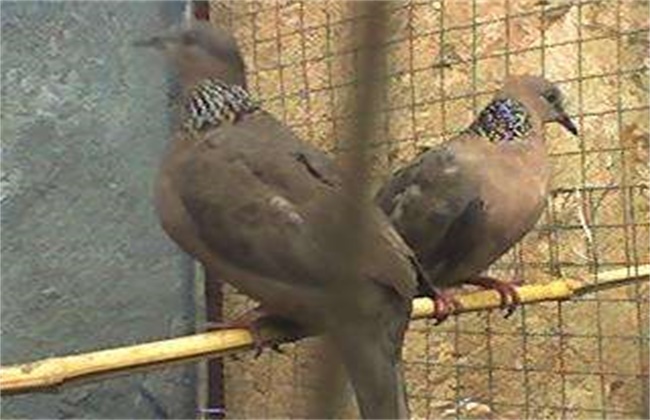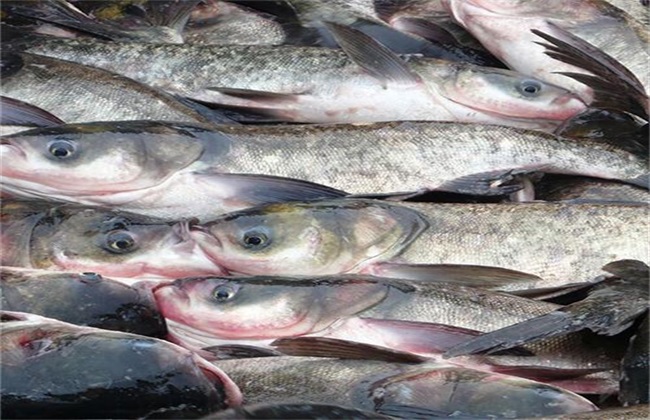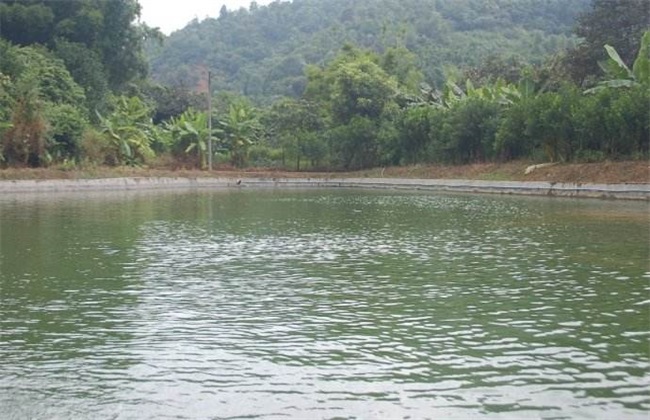Turtledove culture technology
Turtledove is a kind of migratory bird, which used to be common, but due to hunting and environmental damage, its number is becoming more and more rare. At present, it is farmed in many areas. The common species of turtledove in our country is the mountain turtledove. It has good taste, high nutritional value and high ornamental value, so how to breed turtledoves? Let's take a look at the breeding skills of turtledoves with the editor.

1. Site construction
Breeding turtledoves should first build a breeding site, should choose a well-ventilated, dry, high-lying sunny sloping land color high-altitude cages, the cage area is generally 40-60 square meters, about 3 meters high. It can be built with bamboo and plastic net. Build a bird shed with a size of about one square meter in the cage for turtledoves to rest and shelter from the rain. The cage for breeding birds should be about 2 meters above the ground and can be built with bamboo and branches so that they can lay eggs.
2. Breeding birds
First of all, the birds with large size, strong growth, no disease and more than 10 months old should be selected as breeding birds, and the breeding birds should be used alone, and more protein, calcium and other substances should be added to the feed to facilitate their spawning and reproduction. Wild turtledoves generally spawn and reproduce in autumn, and artificial breeding can inject estrogen into the female turtledoves to promote their oestrus and spawn. After spawning, the eggs were collected and put into the incubator for artificial hatching. the temperature and humidity in the hatchery were adjusted to ensure the shelling rate.
3. Nestling breeding
When the nestling comes out of its shell, its resistance to the external environment is weak, and its body temperature regulation ability is poor, so it is necessary to take good heat preservation measures and eat boiled water in time. Generally, a very low concentration of potassium permanganate solution is used as drinking water, and the chicks will look for food on their own 6-8 hours after coming out of their shell. At this time, it is best to use small and digestible food such as millet or broken rice as feed, or chick pellet feed to facilitate its digestion and absorption. After a week, barnyardgrass, rice and other plant seeds can be properly applied to promote its growth.
4. Disease prevention and treatment
Turtledove has a high density of artificial culture and is easy to be infected with diseases, so it is necessary to do a good job in sanitary work in breeding places, disinfect and sterilize regularly, clean up feces and other feces in time, and do a good job in epidemic prevention at the same time. Once a disease is found, it is best to isolate the turtledoves in time, and then disinfect the turtledoves in the cage to avoid the spread of the disease, and the turtledoves that have died had better be treated without pollution, buried or burned.
The above is the introduction of turtledove breeding technology, hope to help you, want to know more related knowledge, please follow us.
Related
- On the eggshell is a badge full of pride. British Poultry Egg Market and Consumer observation
- British study: 72% of Britons are willing to buy native eggs raised by insects
- Guidelines for friendly egg production revised the increase of space in chicken sheds can not be forced to change feathers and lay eggs.
- Risk of delay in customs clearance Australia suspends lobster exports to China
- Pig semen-the Vector of virus Transmission (4)
- Pig semen-the Vector of virus Transmission (3)
- Five common causes of difficult control of classical swine fever in clinic and their countermeasures
- Foot-and-mouth disease is the most effective way to prevent it!
- PED is the number one killer of piglets and has to be guarded against in autumn and winter.
- What is "yellow fat pig"? Have you ever heard the pig collector talk about "yellow fat pig"?



